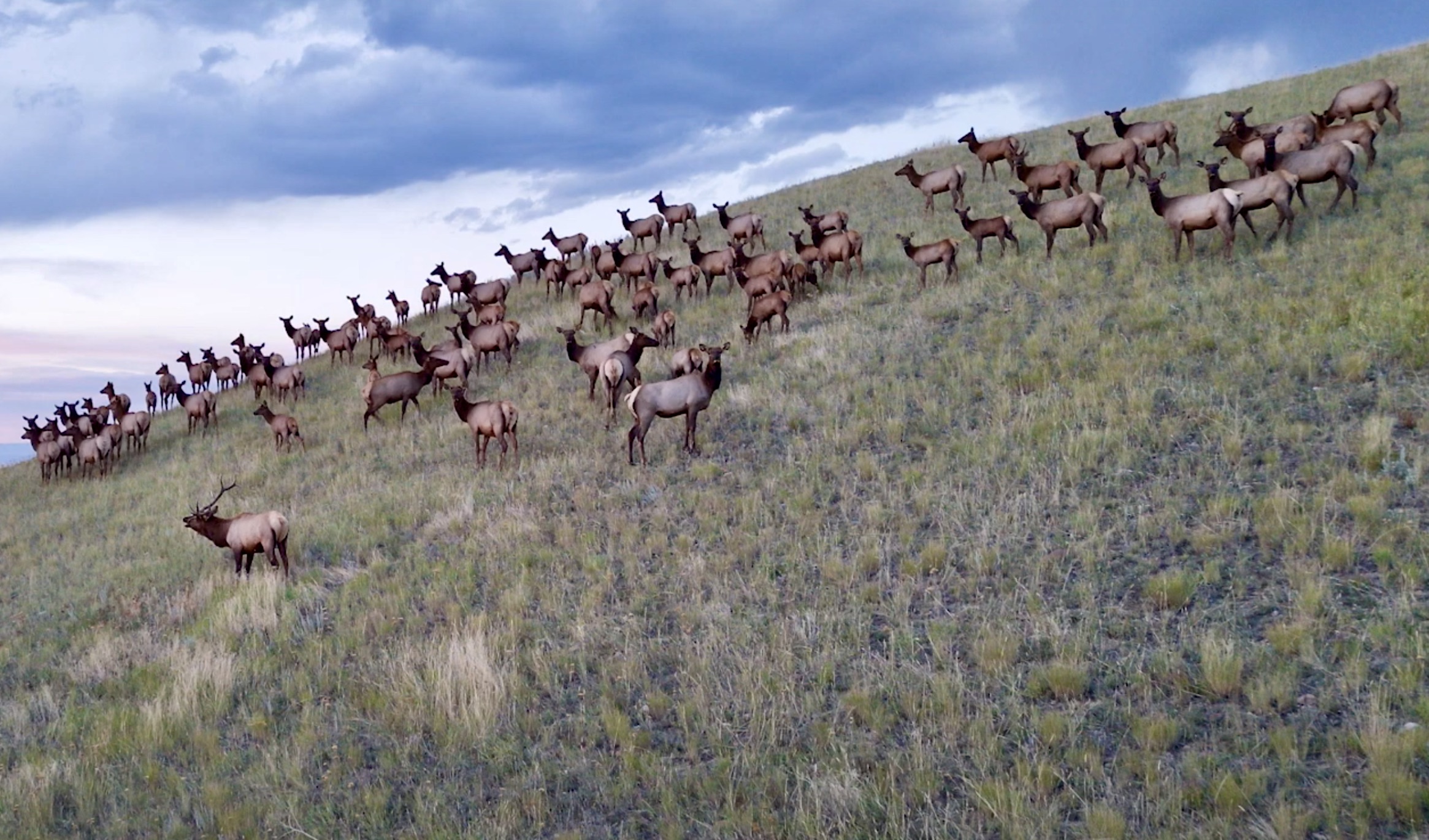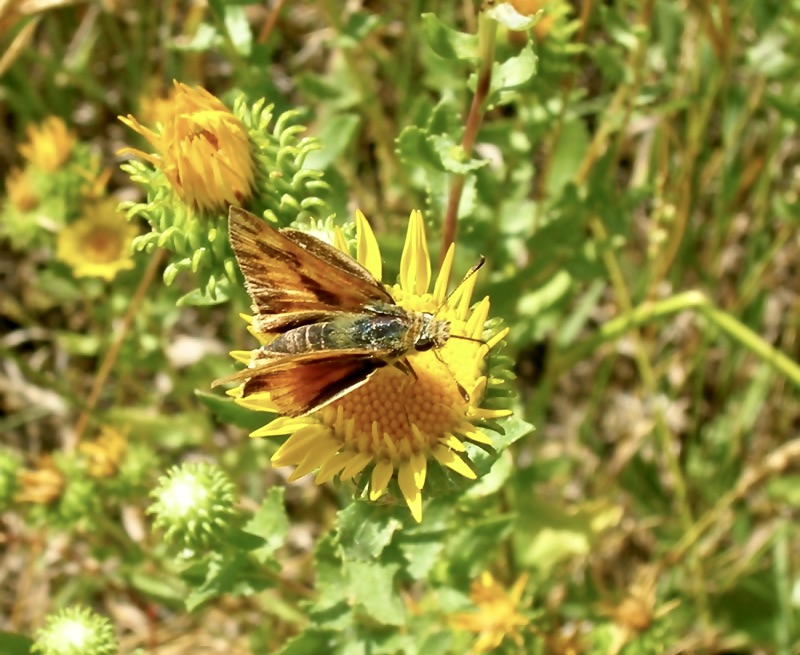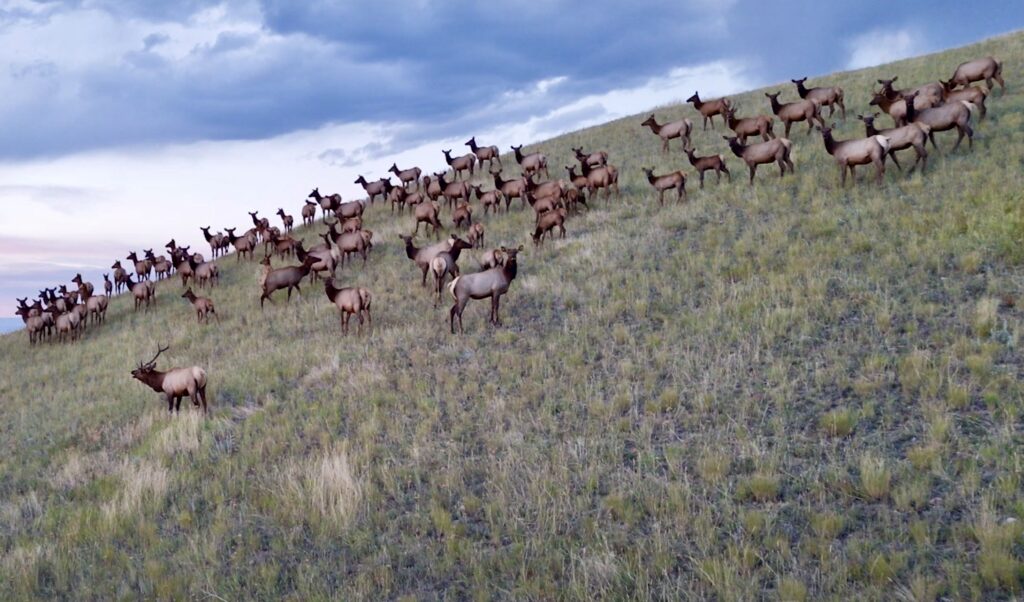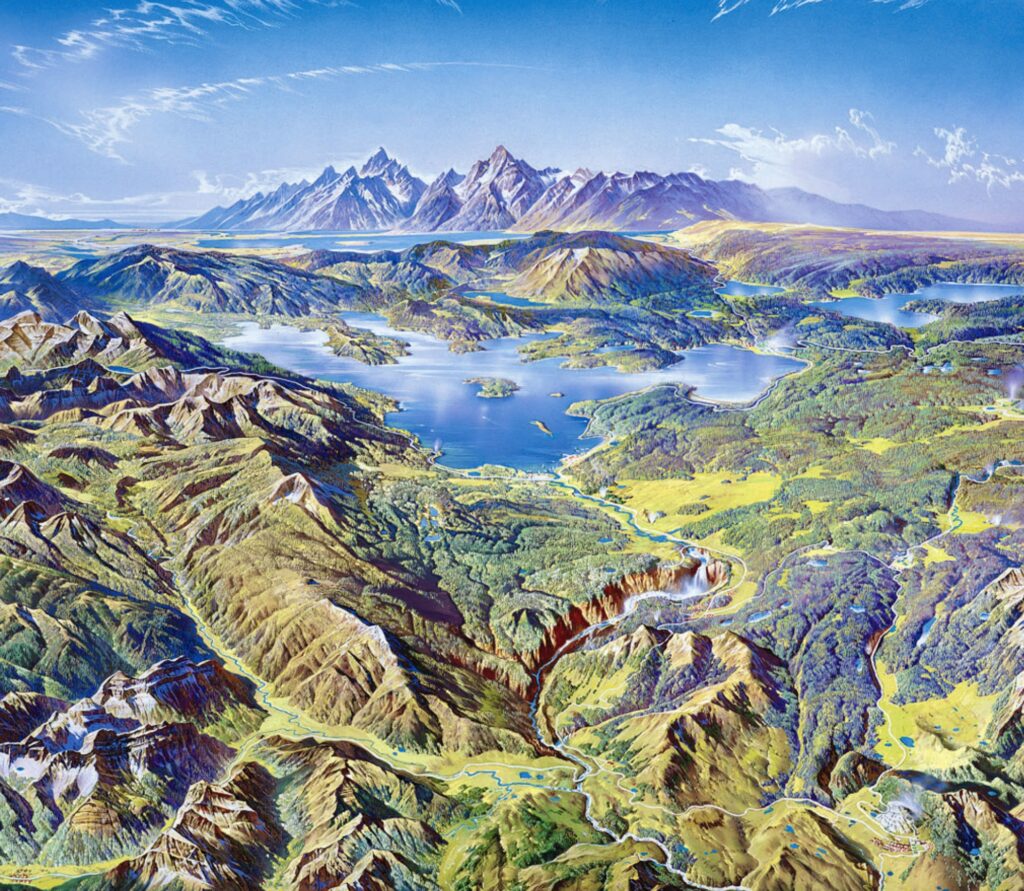by Yellowstonian
When visitors and newcomers arrive in the Greater Yellowstone Ecosystem they often declare how “wild,” “pristine,” and “breathtaking” it is compared to their home terrain in distant large cities or suburbs. Many fail to understand that maintaining the natural character of this bioregion requires special care, with transplants becoming educated about what wildlife needs in order to survive and, in many cases, altering how their behavior and attitudes.
We’ve heard it expressed over and over again that when it comes to the level of personal responsibility necessary to prevent Greater Yellowstone from unraveling or being transformed into a version of Colorado’s Front Range of the Rockies, they admit, “I didn’t know better” or “I had no idea.”
The Gallatin Valley, which encircles Bozeman, is been one of the fastest growing, per capita, rural landscapes in America. The biggest threat to the world-class wildlife, which it shares with the rest of Greater Yellowstone, is exurban sprawl. Increasingly, development is being driven by wealthy folk who can afford to buy land, and then build their dream vacation homes in crucial wildlife habitat—habitat even more critical as spaces fill up and elected officials in most of Greater Yellowstone’s 20 counties refuse to implement regulations that protect habitat, open space and the integrity of underground aquifers.
A few weeks ago, Yellowstonian and co-partner Gallatin Valley Earth Day co-hosted a well-attended and widely watched discussion about the impacts of rural sprawl on the very things that make Greater Yellowstone stand out globally.
Before the presentation got underway, we featured a short reel featuring the images of Gallatin Valley photographer and videographer Holly Pippel. Not only do Pippel’s pictures celebrate wild animals, from wolves, cougars and bears to elk, mule deer, foxes, raptors and many other species that still dwell in the outskirts of Bozeman, but she’s documented the sometimes jarring visual truth about sprawl and its toll.
The problems facing Gallatin County are exacerbated by hyper-growth occurring in the nearby resort community of Big Sky where developers boast that they’re only at 60 percent of build out, meaning a lot more construction and a lot more people will be filling up a part of the Madison Mountain Range southwest of Bozeman.
Already, development in Big Sky has negatively affected wildlife habitat for a wide range of species, from grizzly bears and wolverines to elk, and it has resulted in rising rates of wildlife-vehicle collisions on US Highway 191, and there are water quality concerns for the Gallatin River that originates in Yellowstone National Park and flows astride Big Sky’s hive of development. Developers in Big Sky have exported Big Sky’s lack of affordable housing challenges by locating new housing construction for employees in the southern Gallatin Valley a few dozen miles away, further exacerbating development and traffic pressures on wildlife there.
Not only is Big Sky development externalizing its costs of doing business on the environment and public wildlife but it is negatively affecting the quality of life for residents of Gallatin Gateway, Montana along US Highway 191 and demonstrating how spillover effects can bring permanent negative impacts. Many counties in Greater Yellowstone are dealing with that reality, including Teton Valley, Idaho and Afton/Star Valley, Wyoming as a consequence of growth issues besetting Jackson Hole. Park County, Montana is dealing with pressures bearing down on it from Bozeman and the Madison Valley/Island Park, Idaho are facing intensifying pressure that threaten its wildlife.
One truth looms largest: communities dealing with serious growth issues are not going to grow their way out of them.
Outside of Yellowstonian, there is not a single media entity in Bozeman or Big Sky investigating the extensive cumulative effects of Big Sky on wildlife, water quality and the environment nor are any conservation organizations, except for Upper Missouri River Waterkeeper and Cottonwood Environmental Law, applying serious scrutiny and demanding that the impacts of Big Sky’s build-out on wildlife, adjacent public lands and the Gallatin River be assessed.
Would Big Sky be allowed to evade rigorous examination if it were instead a proposed hardrock mine with expanding tentacles of environmental impact?
Many people have reached out asking if Yellowstonian will make the complete recording of that event available. In another post we’ll be sharing it. It features a provocative conversation with five experts along with a short presentation made by journalist, Bozeman resident, and Yellowstonian co-founder Todd Wilkinson.
The panelists included Eric Ruark of NumbersUSA that recently published an unprecedented analysis on the impacts of sprawl on Greater Yellowstone; Chet Work, executive director of the Gallatin Valley Land Trust; Cindy Riegel, recent chair of the Teton County, Idaho Board of Commissioners; Deb Davison, chief strategy officer for internationally-renowned Center for Large Landscape Conservation based in Bozeman; and professional land use planner Randy Carpenter who is executive director of Friends of Park County, a group devoted to saving the natural essence of Park County, Montana which represents that main gateway to Yellowstone and comprises famous Paradise Valley.
Soak in Holly Pippel’s selection of images. How do they make you feel? What are you willing to do to protect the natural wonders of your own community?
Also read this stories from Yellowstonian:
Subdivisions: As Impactful To Wildlife Over Time As Clearcuts, Mines And Energy Combined
US-191 / MT-64 Wildlife & Transportation Assessment—a study by the Center for Large Landscape Conservation that aims to identify possible locations for installing wildlife overpasses and underpasses to reduce wildlife-vehicle collisions caused by swelling development and vehicle traffic in Big Sky
What Happens When Greater Yellowstone’s Conservation Movement Goes MIA On Sprawl?
New Scientific Study Focuses On Largest Threat To Greater Yellowstone’s Iconic Wildlife
Wreckreation And Our National Obsession To Love Wild Places To Death






